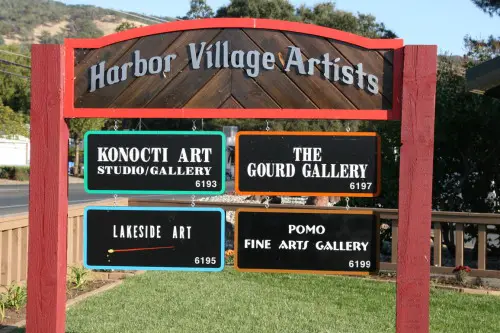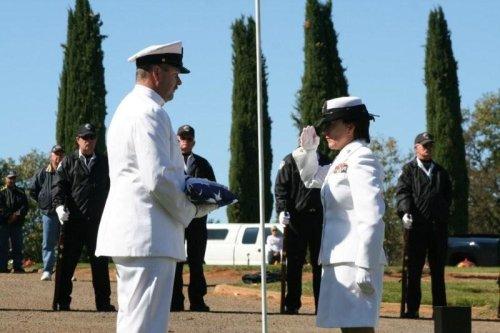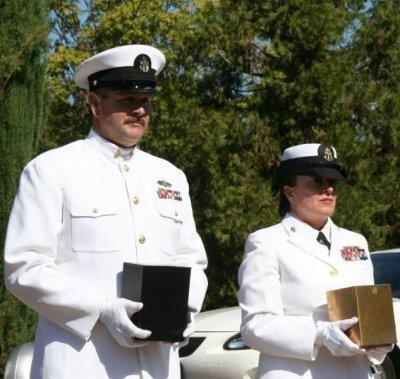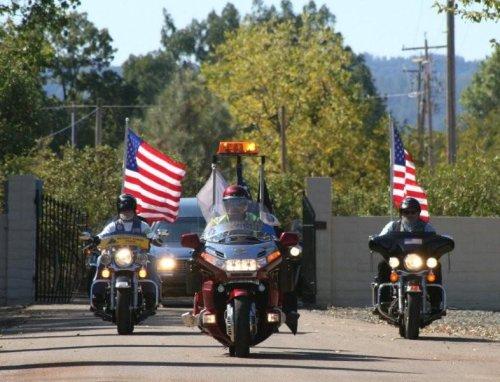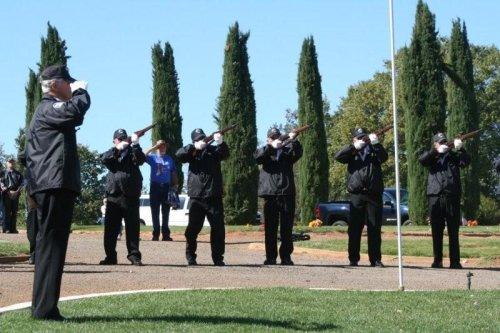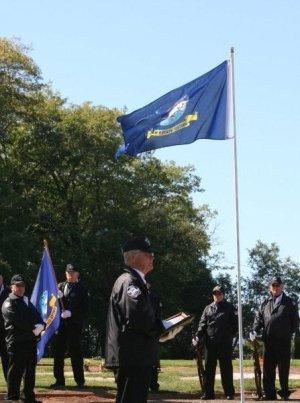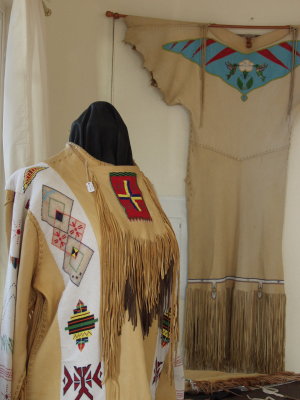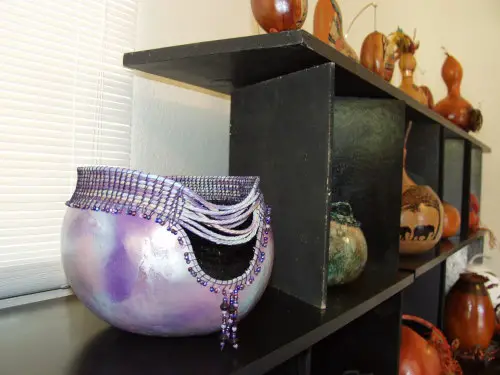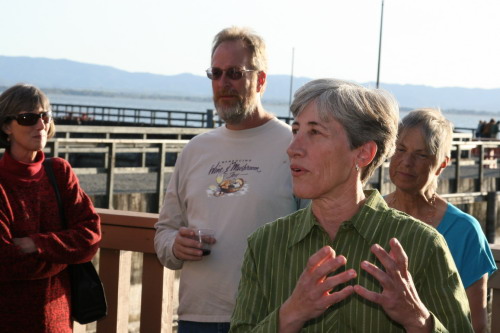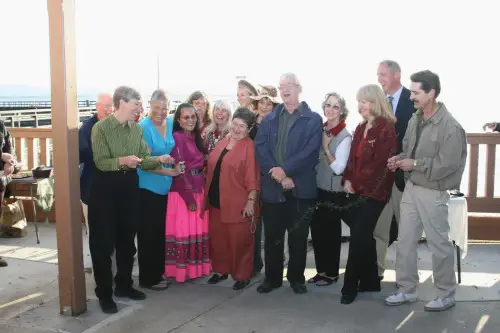- Elizabeth Larson
- Posted On
Victim-Witness chief bids farewell
Now, Laird is saying goodbye to his old job as he leaves to move closer to family on the Central Coast.
Laird originally joined the division in February of 2001 as an extra help advocate before being offered a permanent position a few months later as an elder abuse advocate. He came to the agency with no experience, but quickly picked up what he needed to know on the job.
Since that time, Laird has navigated the challenges of reduced funding and a growing caseload, and dedicated untold hours of his own time to representing victims and, most recently, to building a new interview center that is dedicated to abused children.
Now, Laird is moving on – he's accepted a job with Monterey County's Resource Management Agency, a vast organization that umbrellas several departments and also oversees the natural resources of Monterey Bay.
Laird, who was raised in Gilroy and Santa Cruz, has family in the area, and has been longing to take his young daughter and two dogs and return there for some time. “It was an offer I couldn't refuse.”
But, he adds, that doesn't mean leaving was easy. “There will never be another job like this, ever,” he said of leading Victim-Witness.
Laird said Lake County's Victim-Witness Division is considered one of the best in the state, thanks to the quality of its people. “Everybody here is dedicated and solid.”
The division has more advocates even than Sonoma County, and offers a wider range of services, including help with restraining orders and working closely with law enforcement on investigations, said Laird.
“We're awfully active for a little county,” he said.
Laird said he followed the example set for him by his predecessor, Mike Blakey, who he said had a maverick approach that emphasized getting things done on behalf of crime victims.
Blakey is credited with starting the division in 1984, and over his more than 20 years of service became a widely respected advocate for victims' rights.
Laird trained under Blakey and, he said, followed his playbook. “I just continued to do the same things he did,” said Laird.
Besides making smart choices, Laird also brought personal experience to his job. As a young man he was brutally attacked in Monterey, on the night before his brother's wedding.
He said a police officer dismissed the attack as a bar brawl with several sailors who were in town. Laird, however, said he didn't know the men and was on his way home when they jumped and beat him.
Based on that, he said he knew what it was like to be dismissed by an official who has made up their mind about a case before having all of the facts. He said he let that inform his approach to the victims he has worked with at the division.
District Attorney Jon Hopkins said Laird has had “a very large impact” on the county's victim services operation.
“Not the least of which is his work on the project which successfully built the Multi-Disciplinary Interview Center (MDIC) building for interviewing children at the Victim-Witness property,” said Hopkins. “This was accomplished almost exclusively by community contributions of labor, materials, ideas and support. Rob Brown and the Kelseyville Rotary were the main players in this effort, and Sam was a crucial liaison and driving force.”
The MDIC center is certainly one of Laird's most visible and moving contributions to the community. Last year the effort to build the center got under way, with Laird, Brown and a host of community volunteers spending their weekends at work on the building behind the main Victim-Witness center.
Today, the little building on N. Brush Street is complete. A June 30 dedication celebrated the building and all of the people who made it possible. (See New interview center puts focus on safety, security of child victims.) It offers a safe haven where investigators can interview victimized children in a secure and comfortable environment.
The biggest challenge of his old job, said Laird, was getting the necessary funding.
“Since the war the funding has been an issue, and it's not going to get any better,” he said.
He also worried that the government's recent bailout package might end up impacting services like those offered by the division. “That money's got to come from somewhere.”
Even on the state level, Gov. Arnold Schwarzenegger cut out funding for numerous domestic violence and victim funds, Laird pointed out.
While the funding is the most difficult, there are other day-to-day challenges, such as the human pathos of dealing with those who have been hurt either directly or indirectly by crime.
Laird said every day is different – advocates don't know if they'll be called to the hospital or to a murder scene.
Finding qualified people who can face those daunting circumstances, and be strong enough to keep their focus in the midst of human suffering, is another challenge, said Laird.
Somehow, he managed to do it. Laird said he tried to surround himself with the best people he could, who care and want to do the right thing in advocating for crime victims. Hopkins credited Laird with assembling an outstanding team of advocates.
Laird said he's seen an increase in the division's caseload. When he began in 2001, they were seeing between 900 and 1,000 new cases each year.
Last year, that number was up to 1,400, said Laird, with more cases of drunk driving, simple assaults and domestic violence being reported.
The factors behind that increase are many, Laird theorized – including a bad economy and social unrest.
However, just as critical a factor may be the division's outreach efforts, which are drawing attention to the services they have to offer. As a result, people are getting a lot better at reporting crimes, he added.
Hopkins said Laird has worked tirelessly to obtain and keep numerous grants that fund essential prosecutors, investigators and victim advocates so that the District Attorney's Office can meet the public safety needs of Lake County.
“Sam was an integral member of the team that built our Elder Abuse Unit, and I still get glowing reports about his dedication from victims and families he worked with in that unit,” said Hopkins.
Laird said he will be assisting Hopkins in Victim-Witness-related matters until they recruit his successor, which may take several months at least. Finding the right person for a job that deals with such sensitive issues can be a challenge.
“We will miss Sam and his commitment to victims, and his contributions to the office,” Hopkins added.
E-mail Elizabeth Larson at This email address is being protected from spambots. You need JavaScript enabled to view it..
{mos_sb_discuss:2}

